NEW! UPDATE! PLEASE READ ON!
The tremendous popularity of this article with more than half a million (!) clicks in one month inspired me to contact the artist Michael Wesely himself.
I felt there were questions by readers which I couldn't answer correctly without talking to Michael. And I also wanted to tell him how much his worked was loved and how many people saw it as an inspiration for their own works and lives.
From the many comments I learned, that many of you were astonished by the beauty of the images but also by the technical aspects of their making. The fact that the light fell for up to 3 years onto the same negative strip without over-exposing seemed just too unbelievable.
But Michael confirmed that he indeed created continuous, uninterrupted exposures over those long periods of time. This can be seen through the long light lines in the sky, which were created by the movement of the sun across the sky during those many months.
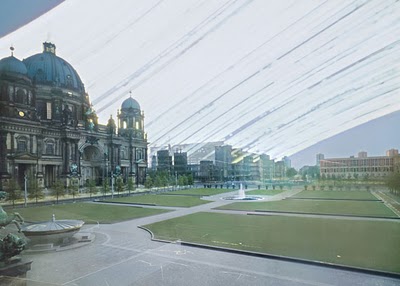 Michael Wesely, Palast der Republik, Berlin (28.6.2006 - 19.12.2008), © Michael Wesely,
Michael Wesely, Palast der Republik, Berlin (28.6.2006 - 19.12.2008), © Michael Wesely,
Michael wanted to highlight that he also sees those lines as an indicator for something else. He told me that "the lines in the sky put our existence, us, our planet into context with the Dance of the Universe, which coexists on an entirely different time scale [from us]."
His works were truly a hard and long labour of love. The so called reciprocity failure or Schwarzschild effect means one can't simply pre-calculate extreme long exposures.
It took Michael months and months of experimenting to make sure the negatives weren't going to be over-exposed. He said, if you'd planned to expose for a year you would have to do an exposure of 6 months, and 3 months beforehand and so on. You would have to collect a lot of data and find solutions for a lot of detail problems.
Michael started with pin-hole cameras (1988-1994) but then moved on to use large format cameras (4x5 inches) as these would provide images with a much higher amount of details.
And this is what he was after - details. The technical challenge was never his main driving force. His goal was to capture information that told about our daily lives: the forgetting, remembering, regenerating and the transitions - a general focus point of Michael's works.
 © Michael Wesely
© Michael Wesely
As you can tell from the images certain details are hardly visible and only become 'alive' when you get close and spend some time discovering them - something that is only really possible when the images are exhibited as large prints in a gallery.
I really loved what Michael pointed out about the creation of the images. During the long exposure times the pictures constantly destroyed themselves, by putting layers and layers of new details on top each other.
Just when one detail had burned into the negative it was erased or overshadowed by another detail. In his eyes this constant change and destruction is something that really stands for the state of our society. "The moment is fading, all that remaines is the permanent overlapping of movements of all kinds, political or personal. The technologies of our times fuel this fire of restless 'Online-Existence'. One day computers won't have an on- or off-button anymore. We will always be online."
I agree with Michael. We live in a world of constant transition - where even buildings are not constructed to last forever but to be easily destructable when not needed anymore. Or where consumer products are desgined to destroy themselves after 2 years so you have to buy a new one. I have even seen a whole country - the country I was born in - East Germany (German Democratic Republic) - vanish in a blink of an eye. All it stood for, all that a whole generation loved or hated was gone within one year.
It shows that the only thing constant in our times seems to be: Change. Which I think - can be seen as a bad thing - when one misses a save haven where one can anchor his or her heart and soul in stormy times. Or when mankind doesn't take the time needed to learn from the now to avoid mistakes in the future.
But there is also something great about this constant change and transition. It seems to follow something deeply universal - something so powerful that nobody can stop it. Something that makes life so interesting and unpredictable - and very often worth living.
When looking at Michael's work I can find all these elements frozen into images that will never seize to amaze me.
If you are interested in his works then check out his new book TIME WORKS which was just published by Schirmer/Mosel Verlag. It is an eclectic mix of Michael's creations from 1992 until now.
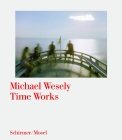
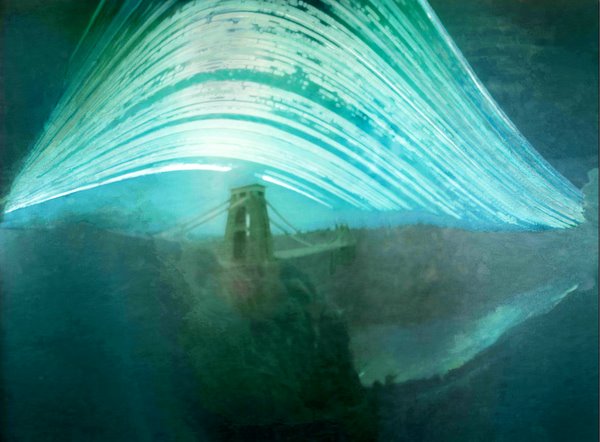

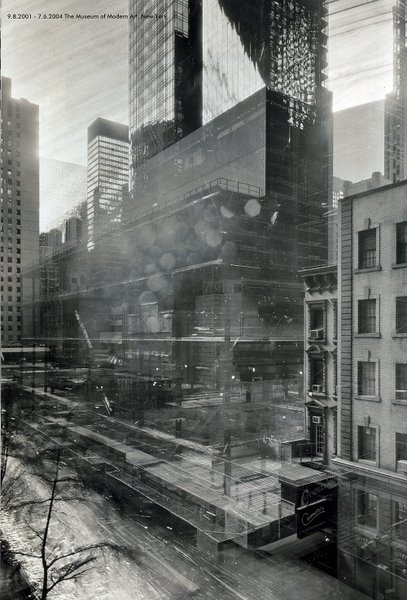


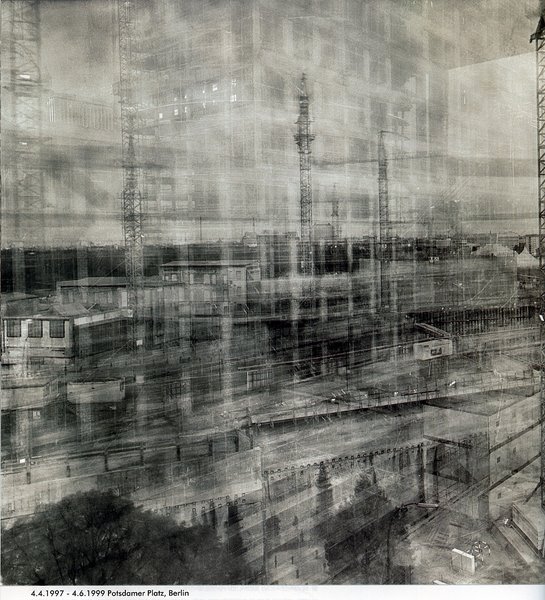

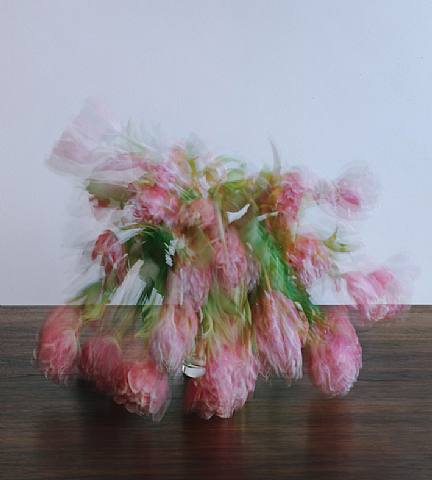
 itchy i
itchy i


